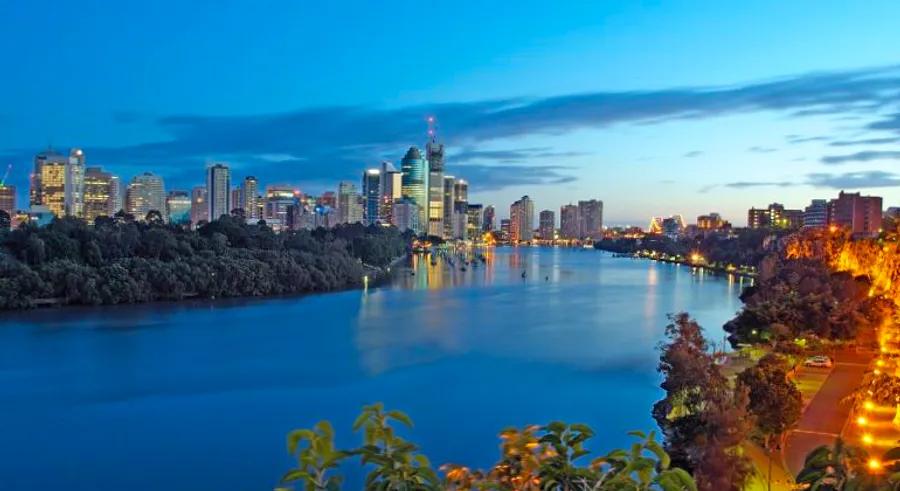Vietnam Reopens Borders to All Travelers

Vietnam officially reopened to travelers on March 15—still with some travel restrictions—significantly ahead of the previously planned June date.
At the start of the pandemic, the country enacted one of the strictest border controls globally, allowing very few individuals entry since spring 2020. Starting in November 2021, Vietnam permitted foreign tourists to visit certain areas through a vaccine passport program, but this marks the first instance of fully unrestricted travel.
While the country is welcoming travelers sooner than expected, it’s not completely removing all barriers. Some entry requirements remain. To travel to Vietnam, you will need:
Required testing
All travelers aged two and above must present a negative COVID-19 test. Acceptable options include an RT-PCR/RT-LAMP test conducted within the last 72 hours or a rapid test performed within 24 hours before departure.
Travel insurance
Every traveler is also required to have medical or travel insurance that includes coverage for COVID-19 treatment costs, with a minimum coverage amount of $10,000.
Complete health declaration and health monitoring
Prior to arriving in the country, all travelers must complete a health declaration form. They will also need to download a COVID-related app to 'self-monitor their health for 10 days upon arrival.'
Travel visa
It's important to note that Vietnam requires most travelers to secure a visa before their journey. (Exemptions include travelers from Belarus, Denmark, Finland, France, Germany, Italy, Japan, Norway, Russia, South Korea, Spain, Sweden, and the UK).
U.S. citizens have several options for obtaining a Vietnamese visa, with the simplest method being to apply for an e-Visa—often referred to as a 'visa on arrival'—online in advance. You'll need a passport, a 2 x 2-inch jpeg photo, a credit card to pay the $25 fee, and an email address to receive the e-Visa. This visa permits single-entry stays of up to 30 days and takes three days to process. The e-Visa can be used at 28 international checkpoints, including eight airports. For a complete list of airports, seaports, and border crossings where the e-Visa is accepted, check the Embassy website.
If you plan to enter Vietnam through a different location, you'll need to visit a Vietnamese consulate or embassy to apply in person or obtain a written approval letter for a visa on arrival from your travel agency before you depart.
Evaluation :
5/5



